|
Dating
of this dynasty, as well as the whole III IP, proposed by Prof.
K.Kitchen
seems to be the most reliable, although in light of D.A. Aston analyses, not
completely convincing. Generally the IX century BC is one of the less studied of
all periods of Egyptian history. It seems to me that the recent state of
knowledge, supported by dubious, often contradictory records, makes the precise
presentation of political history of the III Intermediate Period impossible. The
reason for free interpretation of facts is among other the partition of rule
among a few, more or less, powerful political centers. Potent role play Thebes
with the office of
High
Priest
of Amun,
held by high priests related to rulers of the dynasty XXII and often aspiring to
rule all over the land. Also in areas of Herakleopolis and Hermopolis in the
Central Egypt there are princes holding independent rule and they happen to be
nominated by legitimate pharaohs from Delta. |
||



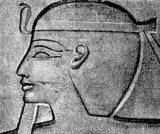 G
G


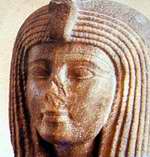 S
S

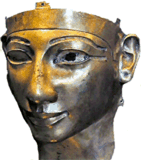 S
S


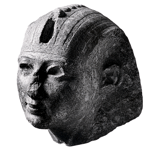



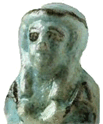



 S
S

